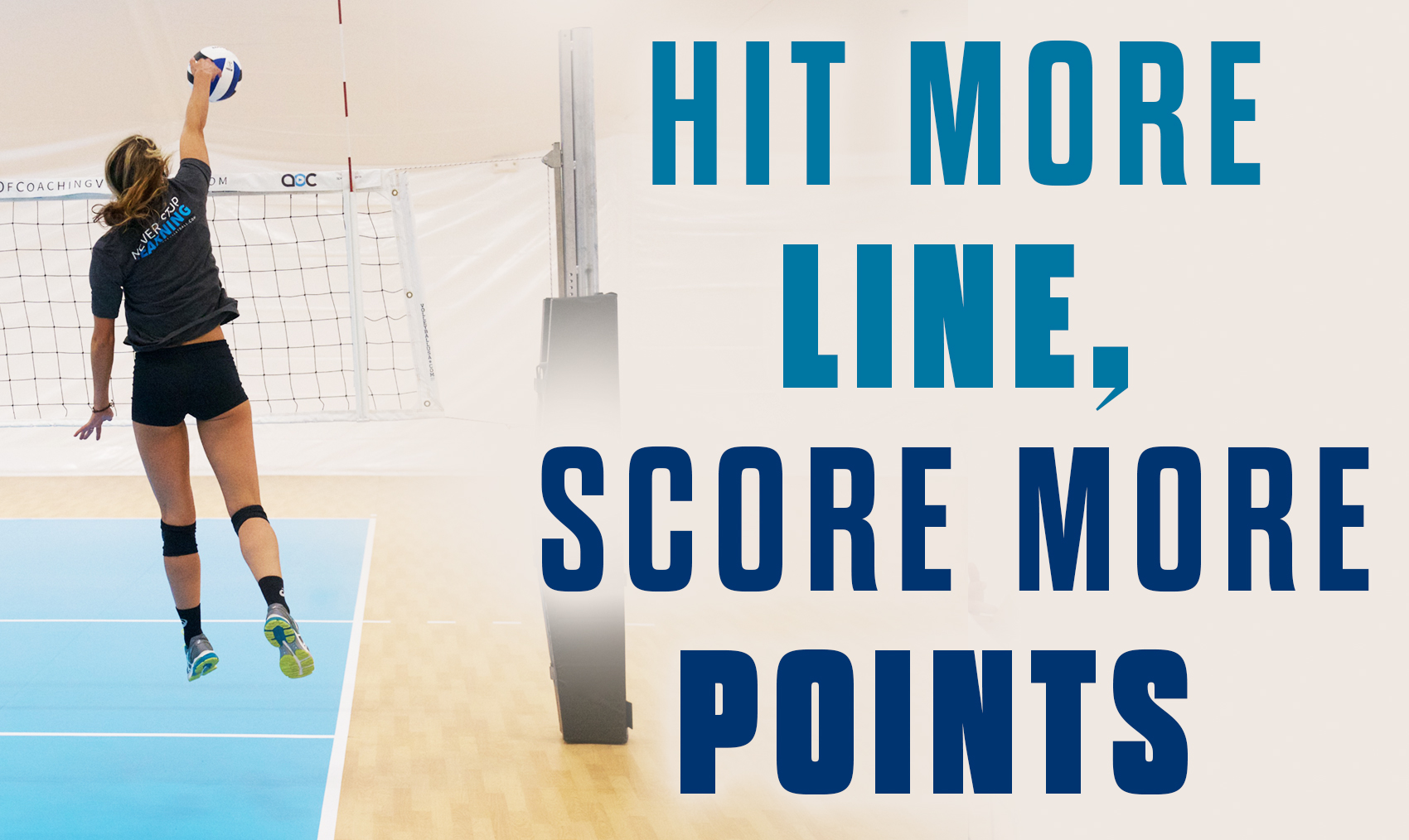Jim Stone – Head Coach at Ohio State University for 27 years / Head Coach USA Girls Youth National Team
May 3, 2022

It is a challenge for players or teams to excel at all aspects of the game. In many cases, teams that win are good at one or two aspects of the game that might offset a skill or system weakness. Coaches determine how time is spent in practice and the areas of the game they hope will develop into a strength. Players will improve in the areas where they spend the most time or the areas that receive the most emphasis.
Every team is different, and what a coach chooses to emphasize might change from year to year depending upon personnel. However, every year, one of the areas that I emphasize and would fall under my “core values” in training is that no off-speed attack will hit the floor (or at least as few as possible). I would guess that tips or roll shots will go inbounds 99% of the time. Hard-hit spikes will have a much higher error rate from a blocked attack or the attacker hitting out of bounds. If the opponent is scoring with off-speed attacks, why should they risk making an error by getting blocked or hitting out of bounds with a full-speed attack? As a team, we defend the best we can against a hard-driven attack, but we can’t let off-speed attacks score.
If the opponent is continually scoring with off-speed attacks, a coach must diagnose potential issues within your defensive squad:
- Players do not use the appropriate visual cues to recognize the off-speed attack to allow a successful defensive play. The quality of attack approach, the lack of power on the jump, the armswing, and the ball contact are all potential indicators of off-speed attacks. The defenders must seize these visual cues (reading) and react quickly to cover the off-speed attack.
- Off-speed attacks that continually score could reflect an uncompetitive defensive attitude. How a player or team plays defense is reflective of their overall competitive spirit and work ethic towards the game.
- A team may not possess the skills needed to cover a large court area.
- A poorly organized defensive system will foster confusion in court coverage responsibilities.
To deal with the above scenarios, here are some ideas to play the off-speed shot successfully.
–Generally, a slow approach=a slow jump=off speed attack. Defenders should observe the quality of approach to anticipate an off-speed attack. When the attacker is in the air, watch the armswing closely to gather information relative to a potential tip or roll shot.
–The line defender moves up for tip if the ball disappears behind the block. Most attackers are not capable of hitting with velocity down the line over a good outside blocker. If the line defender can see the ball outside the block, they must defend the line shot. However, if the ball disappears behind the block, the line defender moves up for the tip shot. The middle back player is responsible for the deep corner tip into zone 1.
–By mastering specific defensive skills, the defender can increase court coverage. The video below is taken from my book, A Game Plan for Better Practices, demonstrating the defensive skill of rolling to increase court coverage.
Especially at younger ages, coaches should designate tip coverage responsibilities within their defensive system. Inexperienced players will have challenges with reading and decision-making. The players will find decision-making easier with predetermined movements and designating court responsibilities.
The excellent defender will use all the tools, visual cues, techniques, and communication to expand their coverage areas. The player constantly throwing their bodies around the court to pursue a ball receives an “A” for effort but perhaps needs to focus on their “reading” skills. I’ve always felt the best defenders put themselves into good court position and will make a challenging play look easy.
If a team is motivated and takes pride in their defense, watches closely for visual cues, and possesses good defensive techniques, the number of successful off-speed attacks will be reduced.




